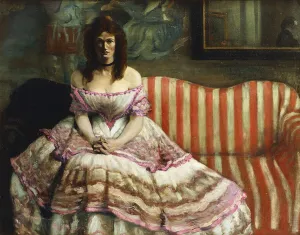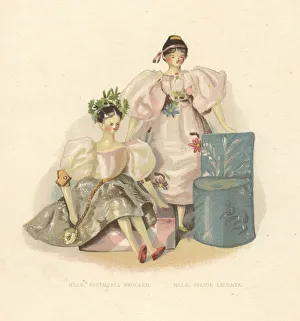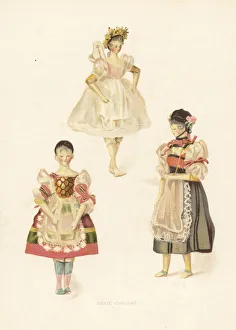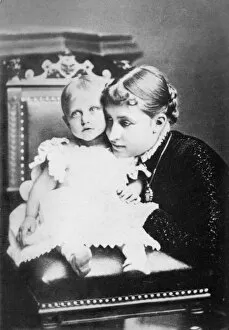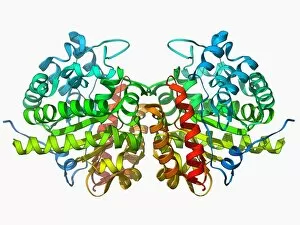Porphyria Collection
"Porphyria: A Captivating Tale of Royalty, Art, and Medical Mystery" Step into the world of porphyria, a rare genetic disorder that has fascinated scientists, artists
All Professionally Made to Order for Quick Shipping
"Porphyria: A Captivating Tale of Royalty, Art, and Medical Mystery" Step into the world of porphyria, a rare genetic disorder that has fascinated scientists, artists, and historians alike. From oil paintings to ballerina dolls, this condition has left its mark on various aspects of culture. In the realm of art, "Porphyria" stands as an exquisite masterpiece painted on canvas. Its vibrant colors and intricate details capture the essence of this enigmatic disorder. Similarly, the Dolls Brocard and Sylvie Leconte showcase how even in miniature form, porphyria's allure remains captivating. Delving into history reveals intriguing connections between porphyria and royalty. During a Thanksgiving Service held at St. Paul's Cathedral for King George III's recovery from illness, we catch a glimpse of how this condition affected one of Britain's most iconic monarchs. Portraits from different eras depict his regal presence while shedding light on the medical challenges he faced. But it is not only kings who have been touched by porphyria; Princess Marie Taglioni herself created ballerina costume dolls inspired by her own battle with the disorder. These delicate figurines serve as a testament to both her artistic talent and personal struggle. On a microscopic level lies Uroporphyrinogen III decarboxylase F006 / 9387 – an enzyme crucial in understanding porphyria at its core. Visualized through scanning electron microscopy (SEM), it offers insights into the intricate workings within our chromosomes – specifically Human chromosome 10 where many genes associated with this condition reside. As we explore these diverse facets surrounding porphyria – from art to genetics – we are reminded that there is still much to uncover about this mysterious ailment. Yet amidst all its complexities lies an undeniable fascination that continues to captivate minds across disciplines.

